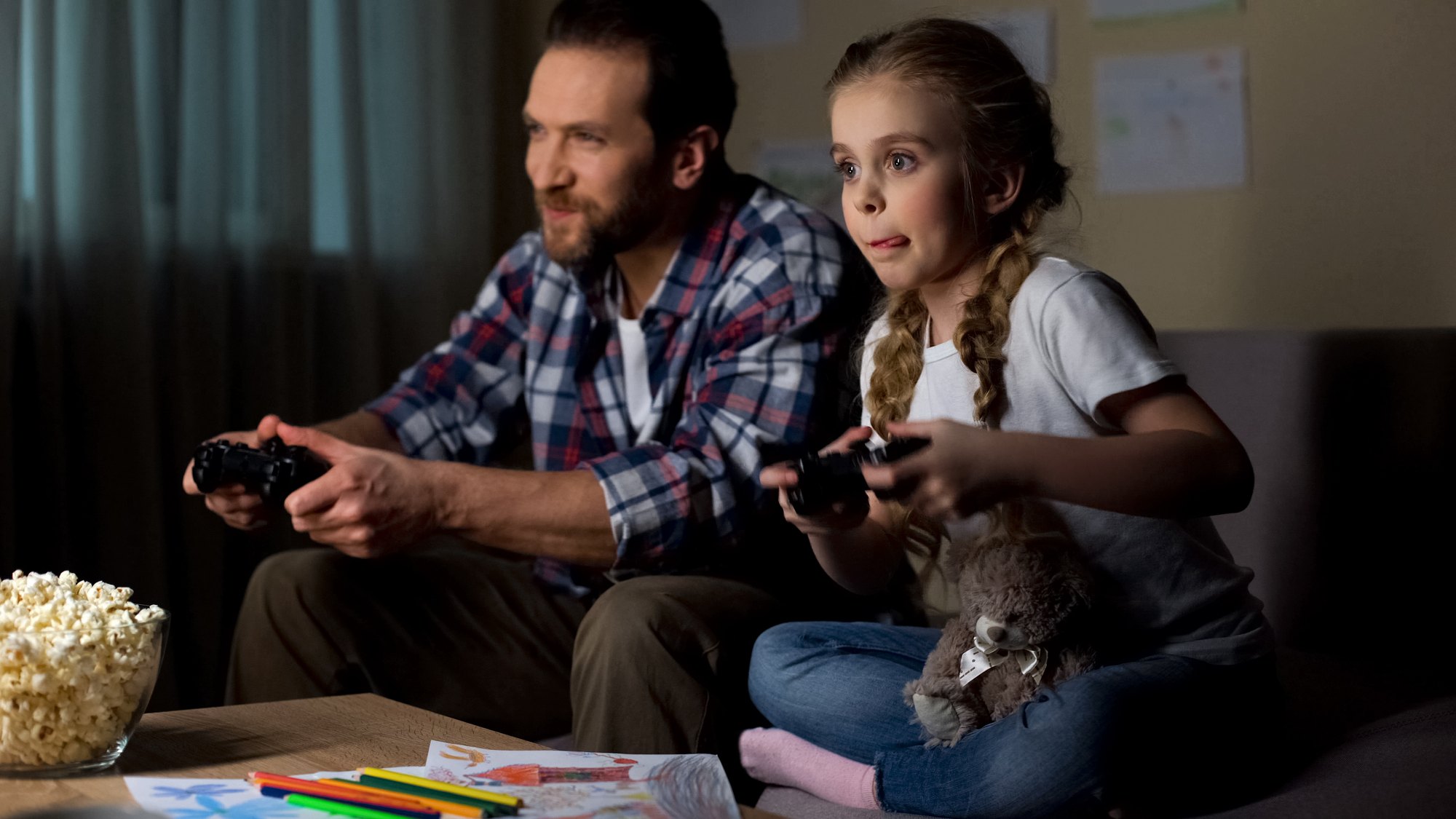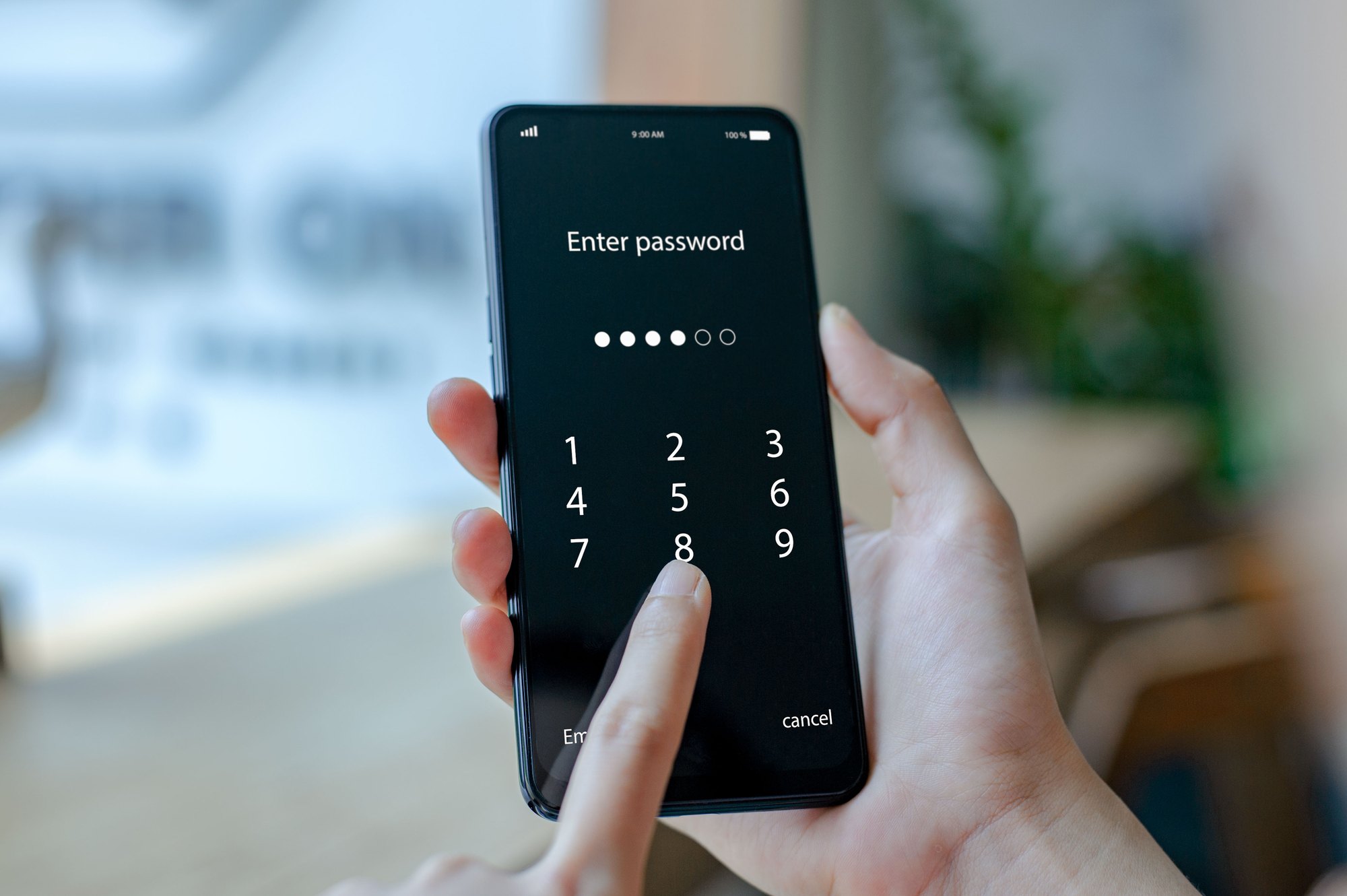
How Age Ratings Help Families
As your children get into video games it can be hard to know where to start, what to embrace and what to resist until they are older. Each family is, of course, different and the pace of adoption will reflect that. With this in mind, the PEGI age ratings are useful for guiding your children towards appropriate video game play.
PEGI ratings consist of three areas of information. A simple age rating of the content a video game includes: PEGI 3, PEGI 7, PEGI 12, PEGI 16 and PEGI 18. A descriptor icon of what type of content triggers the age rating: Horror, Language, Violence and so on. Details about In-Game purchases and whether they offer Random Items, commonly called Loot Boxes.
This information is published on the back of any physical game box and on most online stores like Xbox, PlayStation and Nintendo. You can look up more detailed information about a game on the Games Rating Authority website. We also provide detailed information on all the games listed in GameSmart.
To understand the difference between the different age ratings it’s useful to consider an example. Games with violence are rated as follows:
- PEGI 3: “A very mild form of violence (in a comical context or a childlike setting) is acceptable”
- PEGI 7: “Very mild forms of violence (implied, non-detailed, or non-realistic violence) are acceptable”
- PEGI 12: “Violence of a slightly more graphic nature towards fantasy characters or non-realistic violence towards human-like characters would fall in this age category”
- PEGI 16: “Depiction of violence (or sexual activity) reaches a stage that looks the same as would be expected in real life.”
- PEGI 18: “The adult classification is applied when the level of violence reaches a stage where it becomes a depiction of gross violence, apparently motiveless killing, or violence towards defenceless characters”
This means that a game like Astro Bot is rated PEGI 7, because the violence is like a cartoon and not realistic - there’s no blood and the characters are cartoon-like. Kena: Bridge of Spirits is rated PEGI 12 for violence because it’s still cartoony but has more impact. Star Wars Jedi: Fallen Order is rated PEGI 16 for violence because although there is no blood, responses to the violence are realistic.
A good way to see how this works in a variety of games is to filter our Game Guides by the different PEGI ratings and watch the video of the game. Also, if your child wants to play a game that is too mature for them, the Game Guides are a great way to find other alternatives that are still a lot of fun, but more appropriate for younger ages.

Loot Boxes
The In-Game Purchases part of the PEGI rating doesn’t affect the age limit but adds a logo and text to help parents know whether these exist in the game. When you are making a purchase, look for the PEGI rating and then beside that will be the Descriptors and details of In-Game Purchases and Paid Random Items.
- In-Game Purchases: “The option to purchase digital goods or services with real-world currency. Such purchases include additional content (bonus levels, outfits, surprise items, music), but also upgrades (e.g. to disable ads), subscriptions to updates, virtual coins and other forms of in-game currency.”
- Paid Random Items: “Paid random items comprise all in-game offers where players don't know exactly what they are getting prior to the purchase.”
Parental Controls
Whether your child plays on a smartphone, tablet, console or gaming PC it’s important to set up their account with the limits appropriate for their age. EE provides a series of guides for customers to set up controls on mobiles and tablets. AskAboutGames offers a series of guides to setting up your gaming hardware with these settings. Internet Matters also offers a series of downloadable PDFs to take you through the process step by step.
The key points to remember are:
- Set up a child account for each of your children with an email address you check regularly.
- Specific appropriate limits for each account.
- Turn on the PIN to ensure they can’t be changed.
- You can usually do this more simply on an App.
Armed with a good understanding of PEGI ratings, Descriptors and In-Game Purchases enables you to keep gaming healthy in your family. Combine that with the Game Guides and you can turn it into something that contributes to the fun and learning you have together.
Author: Andy Robertson, is a family gaming expert who appears in The Guardian, BBC and national broadcasts. He wrote the Taming Gaming book for families.

POWER UP YOUR PRESENTS
EE can help you get everything you need from consoles, to games, to connectivity.
Go to the EE Game Store